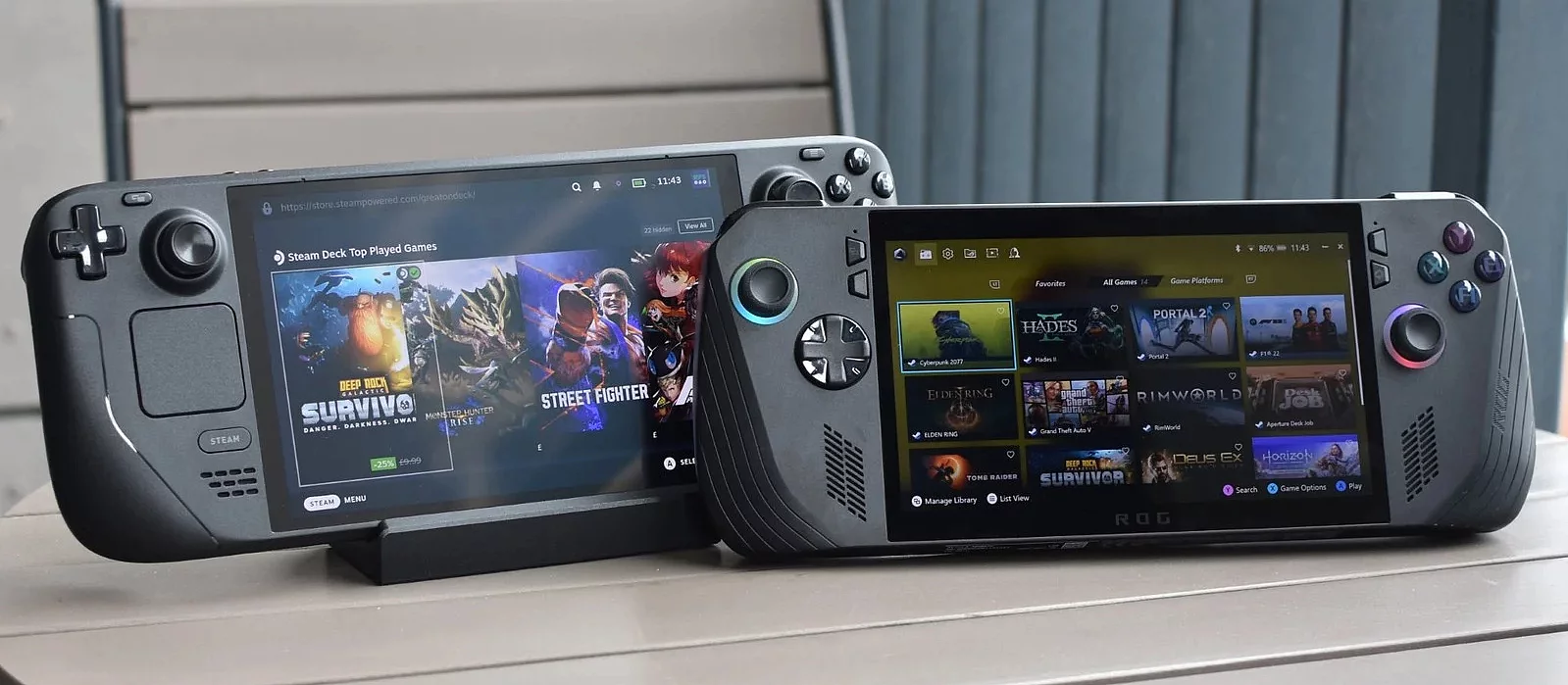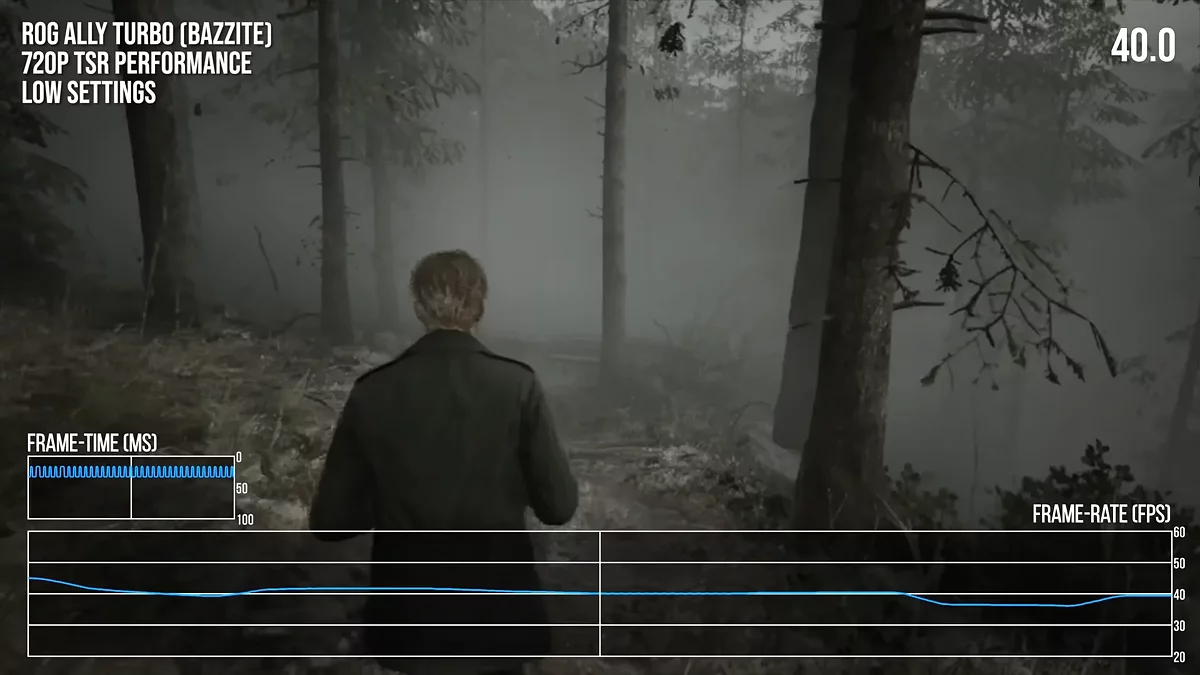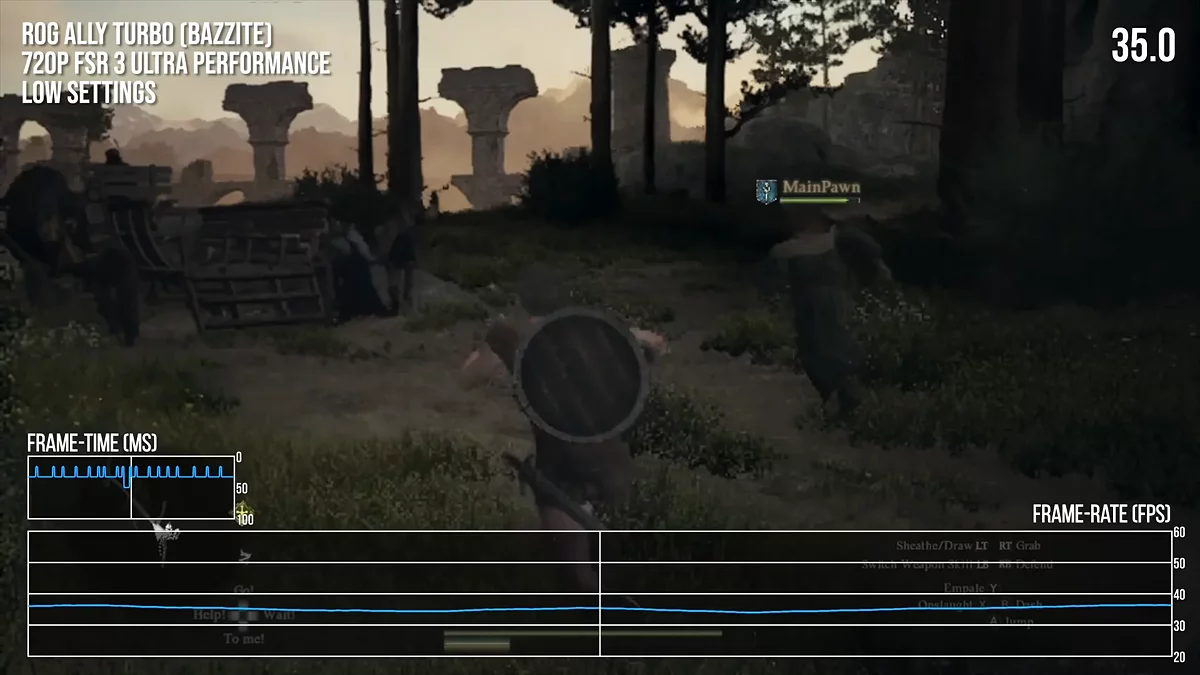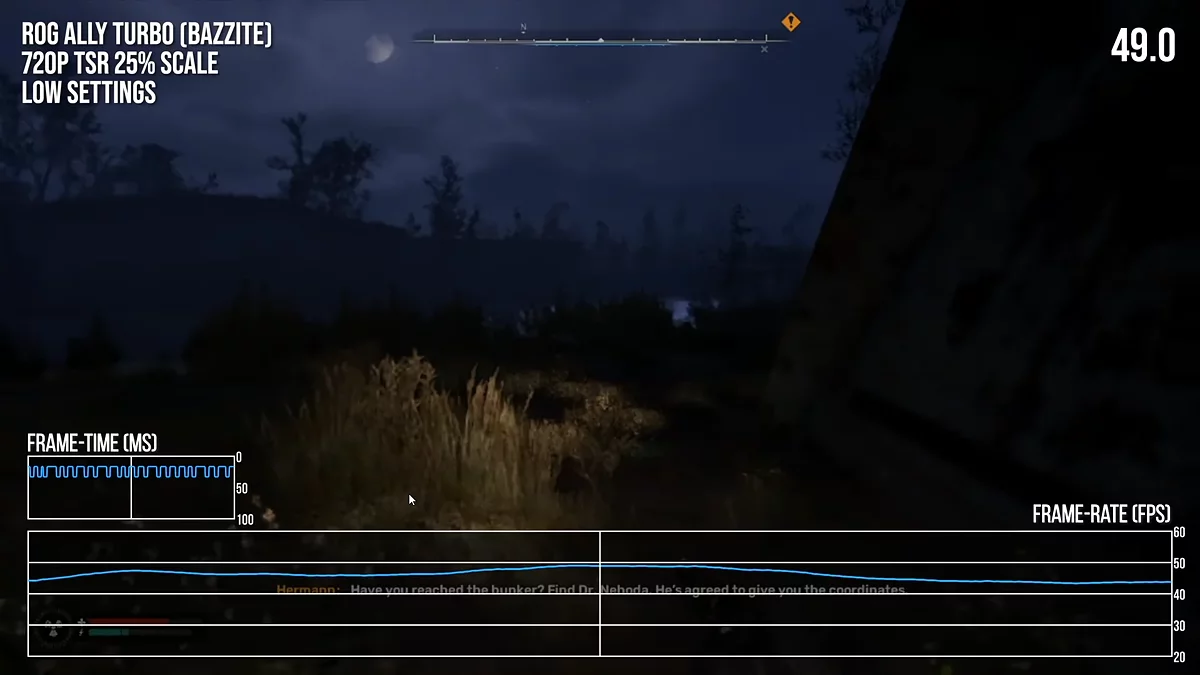Steam Deck Struggles With AAA Titles as the Console Shows Its Age

Digital Foundry experts have conducted a comprehensive head-to-head analysis of two popular portable consoles — Valve’s Steam Deck and the ASUS ROG Ally — in the latest AAA games. The test results show that Valve’s flagship device is gradually losing its edge, while the ASUS console is proving to be impressively well-adapted to modern gaming demands.
Despite developers' massive efforts to optimize performance, the Steam Deck is forced to make significant compromises. In hits like Black Myth: Wukong and God of War: Ragnarok, the console struggles to maintain even 30–40 fps, requiring graphics settings to be dropped to minimum and FSR upscaling to be set to Performance mode. However, in more demanding titles like Warhammer 40,000: Space Marine 2 and Dragon's Dogma 2, even these measures fall short — frame rates drop to 20–25 fps, and in the Silent Hill 2 remake, they plummet to as low as 15–20 fps.
Interestingly, in S.T.A.L.K.E.R. 2, players can experiment with render resolution, reducing it to 25% to stabilize at 30 fps — but such workarounds only highlight the hardware’s limitations. Even the updated OLED version of the Deck, released at the end of 2023 with an improved screen and battery, hasn’t reversed the trend: performance issues in Final Fantasy XVI and Horizon Forbidden West remain unresolved.
The ASUS ROG Ally, powered by the more capable AMD Z1 Extreme APU, offers a different experience. In games where the Deck stumbles, the Ally maintains smooth gameplay: Silent Hill 2 Remake runs at 40 fps, Space Marine 2 at 45 fps, and Dragon's Dogma 2 holds steady at 35 fps. Even in the demanding S.T.A.L.K.E.R. 2, the device manages to push out 40–45 fps.
Analysts note that the Steam Deck, despite its cult status, is gradually becoming a niche device suited for indie games or older titles. Its main advantages — an affordable price and the Steam ecosystem — are no longer enough to offset its hardware shortcomings. The ROG Ally, on the other hand, is positioned as a solution for gamers willing to pay for the ability to play new releases without major compromises. However, both consoles share a critical weakness: battery life in demanding games rarely exceeds two hours. This underscores the fact that the era of truly mobile AAA gaming is still on the horizon — and future updates from AMD and Intel may hold the key to the next big leap.
-
ASUS Unveils the ZenScreen Duo OLED Monitor — Two Screens in One Compact Chassis
-
AMD is Developing the New Aerith Plus Chip, Potentially Powering the Next Steam Deck
-
Nintendo Switch 2 Compared in Size to the Original Switch and Steam Deck
-
GeForce Now is coming to Steam Deck with 4K support
-
ASUS ROG Astral RTX 5090 Burned Out After Browsing Websites



